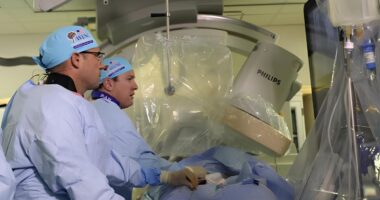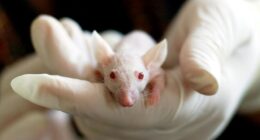Japanese researchers have developed an AI system capable of identifying early signs of depression by analysing subtle facial muscle movements invisible to human observers.
The study, conducted by Associate Professor Eriko Sugimori and doctoral student Mayu Yamaguchi from Waseda University’s Faculty of Human Sciences, examined facial expressions in 64 Japanese university students using machine learning technology.
Participants recorded brief self-introduction videos which were subsequently rated by 63 peer students for expressiveness, friendliness and likability. Researchers simultaneously analysed the same footage using OpenFace 2.0, an artificial intelligence system designed to track micro-movements in facial muscles.
Students displaying subthreshold depression symptoms received consistently lower ratings from peers for positive traits, though they were not perceived as appearing overtly negative or artificial. The findings suggest mild depression reduces positive expressivity rather than increasing negative presentation.
The AI analysis identified specific movement patterns including inner brow raising, upper lid raising, lip stretching and mouth-opening actions that occurred more frequently in participants with depressive symptoms. These muscle movements correlated strongly with depression scores despite being too subtle for untrained human detection.
“As concerns around mental well-being have been rising, I wanted to explore how subtle non-verbal cues, such as facial expressions, shape social impressions and reflect mental health using artificial intelligence-based facial analysis,” said Sugimori.
The research team emphasised that their study focused specifically on Japanese participants, acknowledging cultural influences on emotional expression patterns.
Subthreshold depression represents a mild form of depressive symptoms that falls below clinical diagnostic criteria but increases risk for developing full depression. Early detection of such conditions could enable preventative mental health interventions.
“Our novel approach of short self-introduction videos and automated facial expression analysis can be applied to screen and detect mental health in schools, universities, and workplaces,” Sugimori stated.
The researchers suggest their methodology could be integrated into digital health platforms or employee wellness programmes for psychological wellbeing monitoring.
The study was published in Scientific Reports on 21st August 2025, offering what the authors describe as a non-invasive tool for identifying depression before clinical symptoms emerge.











